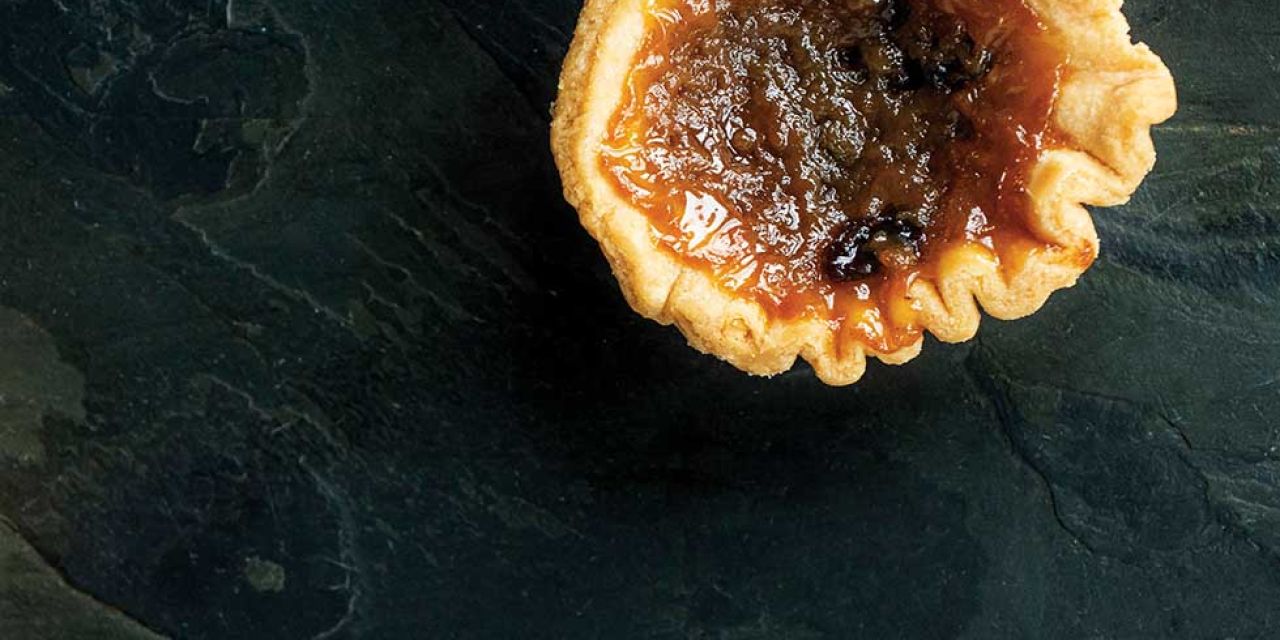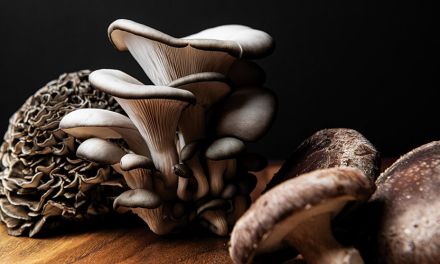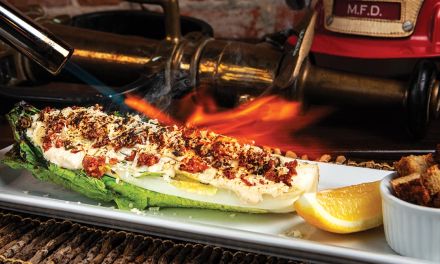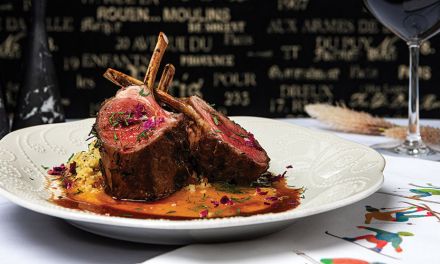The Great Debate
By Marcia Masino, Photography by Clay Dolan
While quintessentially Canadian, the butter tart is believed to have originated across the pond, which has sparked a lively debate among Scots and French. So—who do we thank for inventing this ooey gooey treat?
You know you’re in Canada when you walk into coffee shop and see golden butter tarts displayed proudly next to the doughnuts. The Canadian butter tart is a kissing cousin to the sugar, shoo-fly or pecan pie, with a unique semi-firm, somewhat runny consistency, and topped with crunchy pecans or walnuts. Believe it or not these small indulgences actually helped build our nation as they provided the fuel ingredients of a butter or lard pastry shell with a butter, cream and sugar filling—high sugar and fat content foods were much needed by early settlers. For many English and French immigrants, whose work was outdoors and very demanding, a warm hand-held sugar hit must’ve been very welcome. The question is, when did the tart migrate? And who exactly owns the bragging rights—France or Scotland?
The sugar pie, a single-crust pie with a filling made from flour, butter, salt, vanilla, and cream, is a likely precursor to the butter tart, according to some food historians who argue the romantic French side of the question. As the story goes, the origin of the butter tart is believed to be the result of the filles du roi (known as the King’s Daughters), in which approximately 800 unwed young women were sent to Québec from France between 1663 and 1673 to help colonize (the women needed a new life and the men who were settling Canada needed brides). A clever nun named Marguerite Bourgeoys made a bargain with the French king and the filles came to the new land—the choice to marry belonged to them, not the men, while some chose to stay at the Maison Saint-Gabriel in Montreal and work the farm and garden as well as keep house for the nuns.
I visited the filles du roi reception house at the Maison Saint-Gabriel. When I asked what these women ate, “Bread and lard” was the answer. Hard work and a plate full of fats made for a viable community of self-supporting French women in “New France” (aka Canada) who undoubtedly would have made an occasional sweet treat with ingredients familiar to them— maple sugar, cream, butter and possibly some dried fruit. Was this the modern butter tart’s foundation?
“Nonsense!” says the practical food historian Scottish side of the debate. The first printed butter tart recipe is reportedly from 1910 and clearly cites a Scotswoman’s name as the creator. Scots claim that butter tarts were originally known as “border tarts”, named so because many immigrants around the turn of the century were from Scotland—specifically the border areas, a southeast region that stretches from the English border to just south of Edinburgh. This style of tart, which has a texture reminiscent of pecan pie but is spiced with cinnamon and lemon peel and studded with raisins, is a known specialty of the borders.
Scottish immigrants living in rural Canada were likely the ones to adapt their own border aka butter tart recipes. To support this theory the rural Ontario regions are filled with celebrations of the gooey homage to sugar and fat. In Ontario alone, you can tour butter tart events in over fifty communities that honor the beloved dessert with festivals and baking competitions.

Today as many chefs reimagine the recipe, butter tart purists stick to the traditional technique. And I have it on the down low that a certain nation known as “the world’s factory” has plans to make the butter tart the next global phenom, but who knows?
The butter tart has a bright future and will always be a source of national pastry pride for Canadians.











